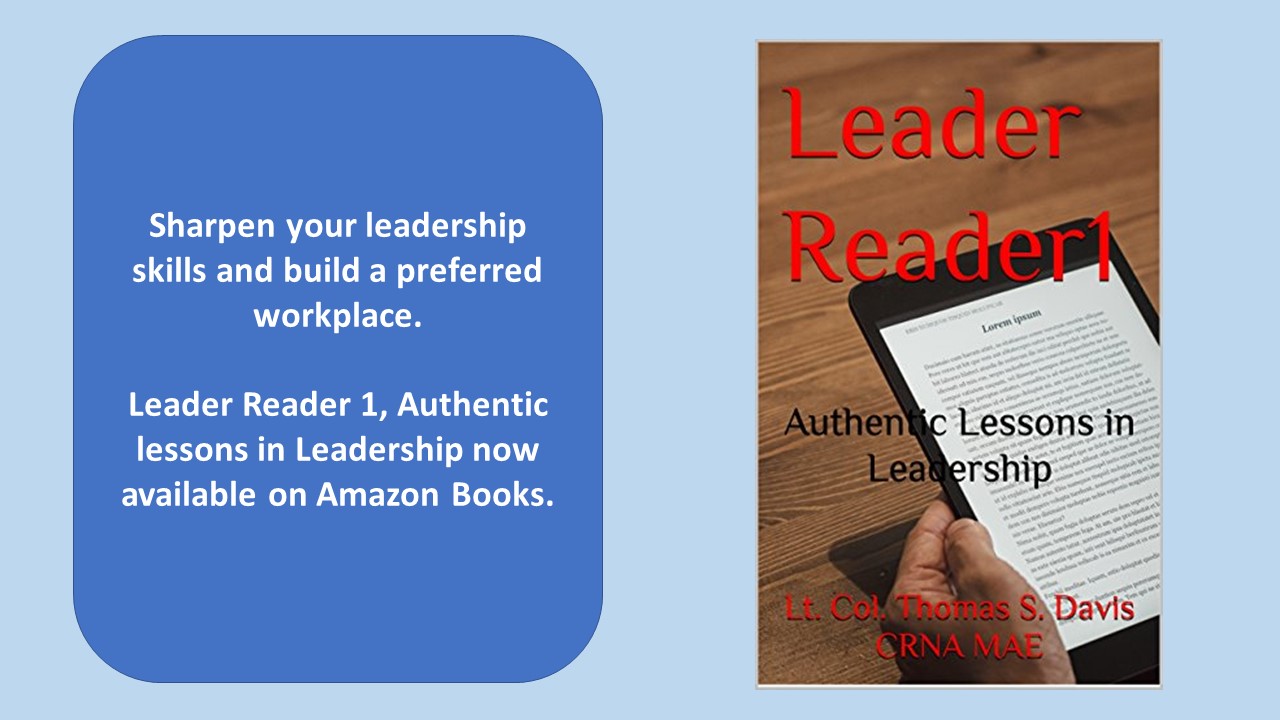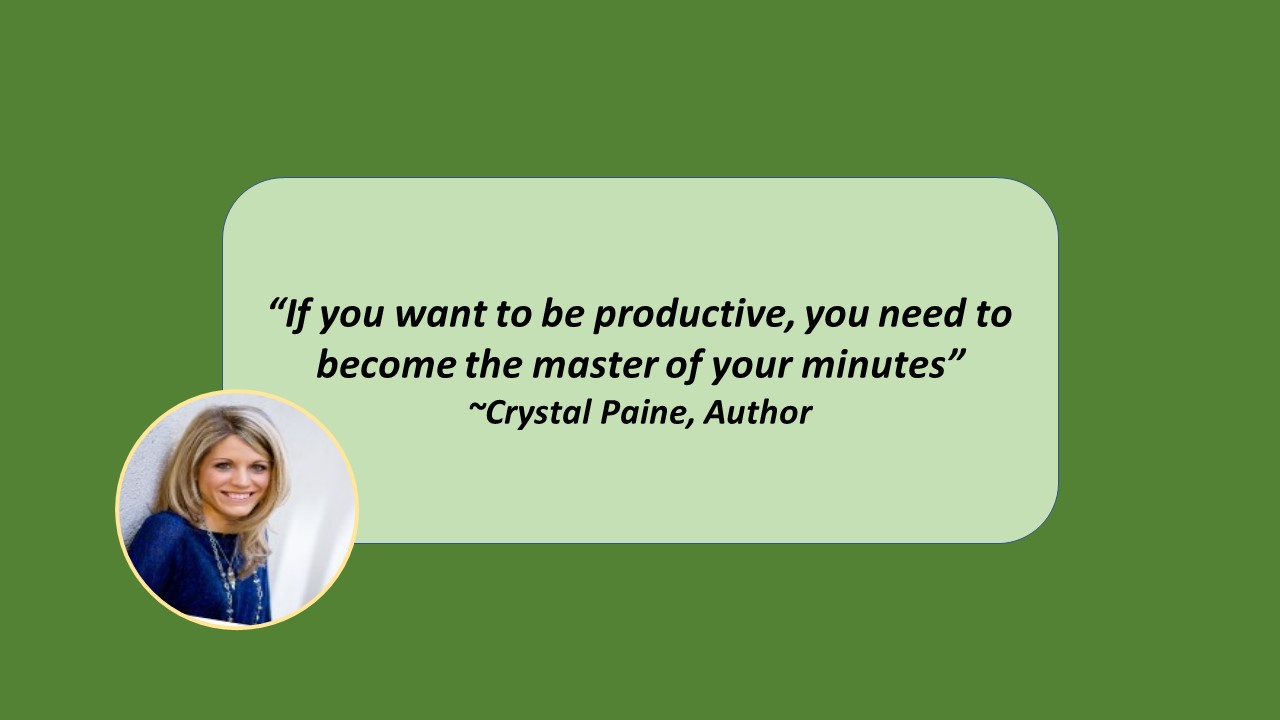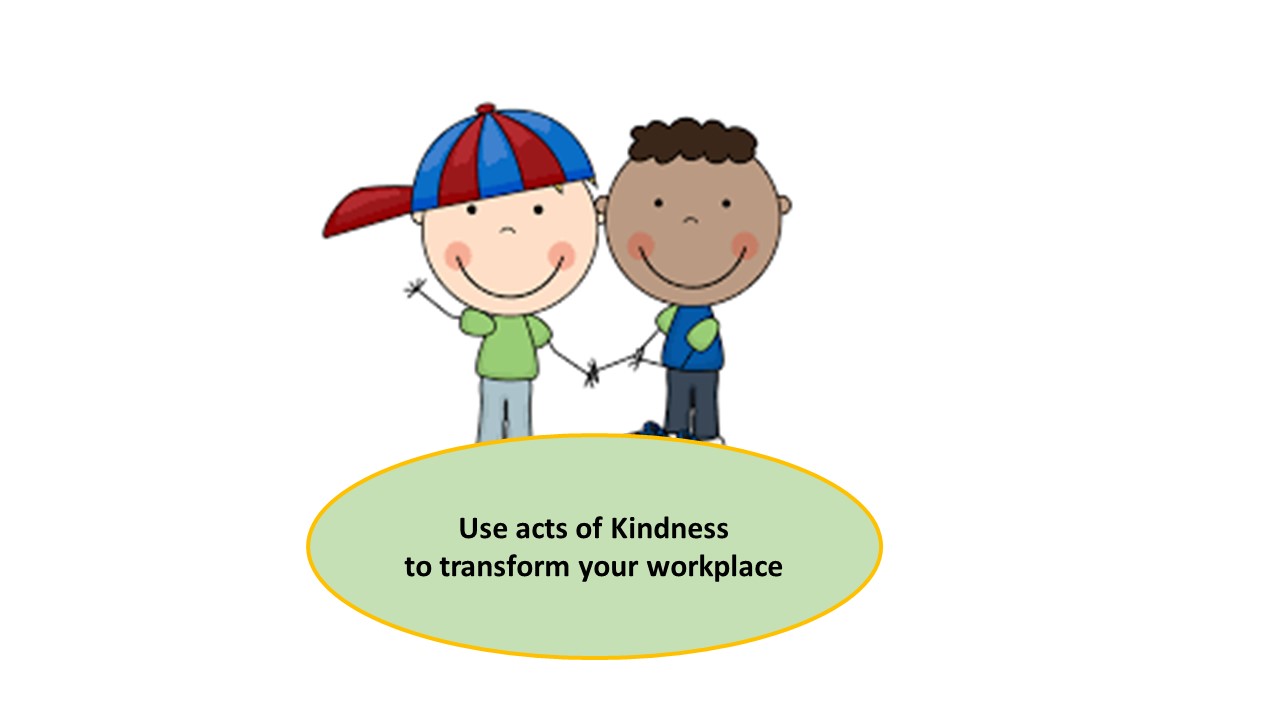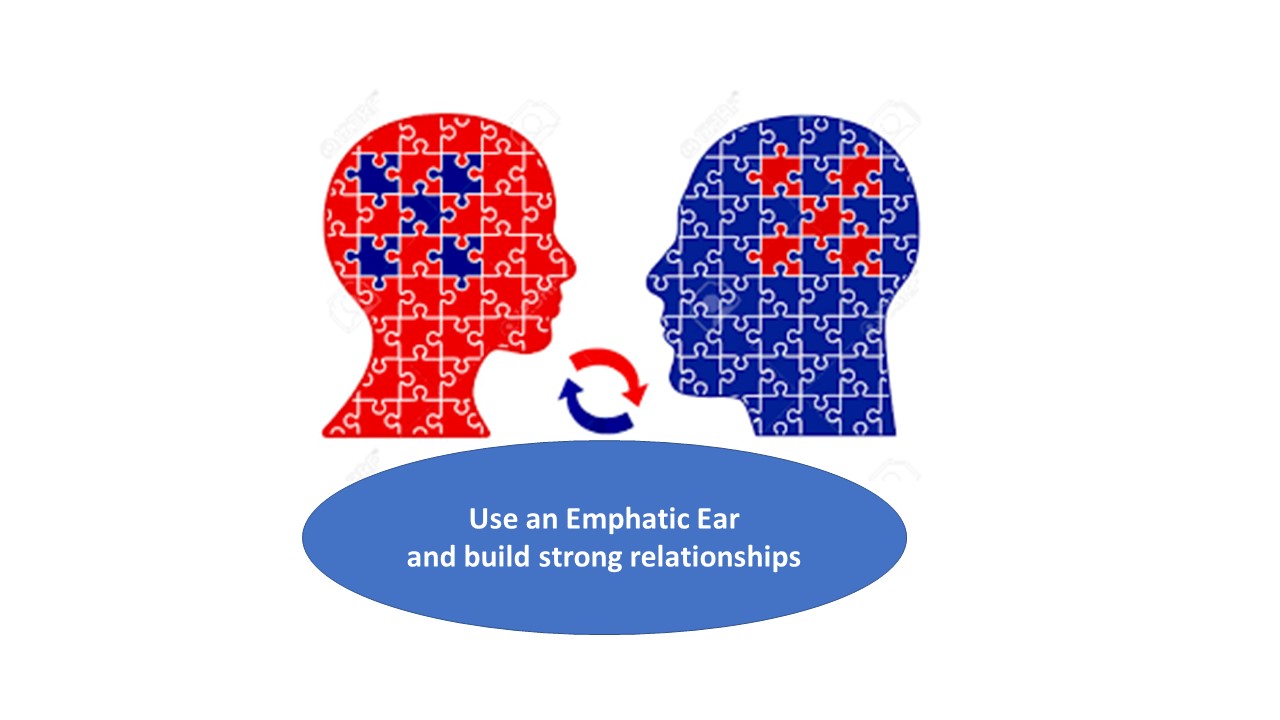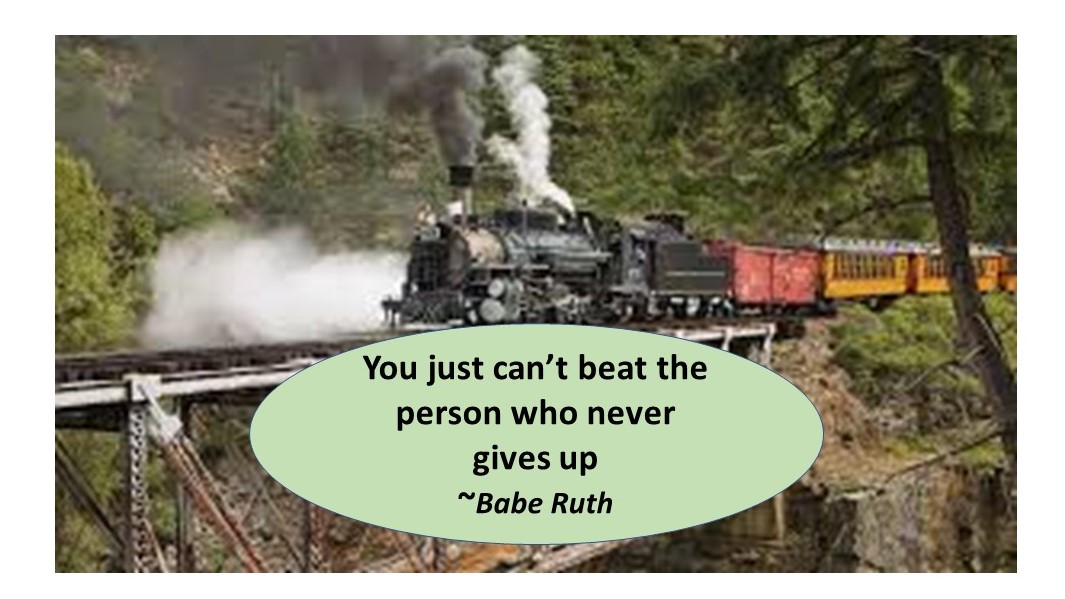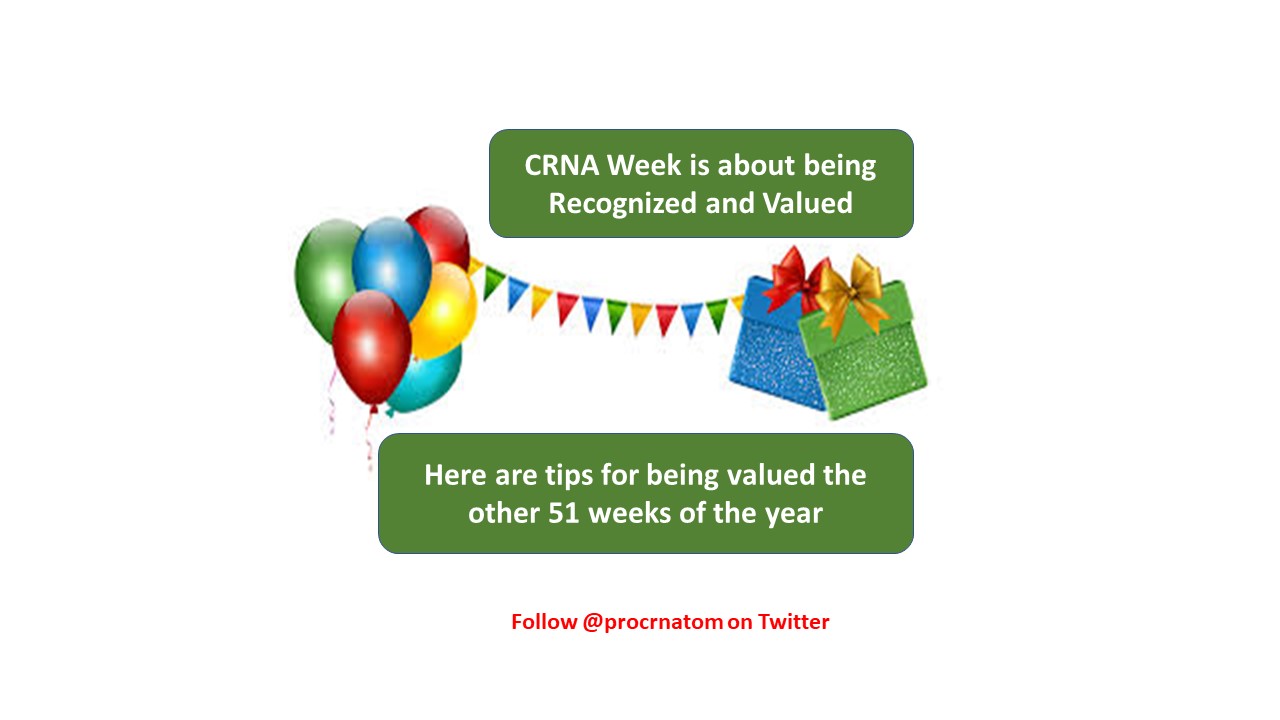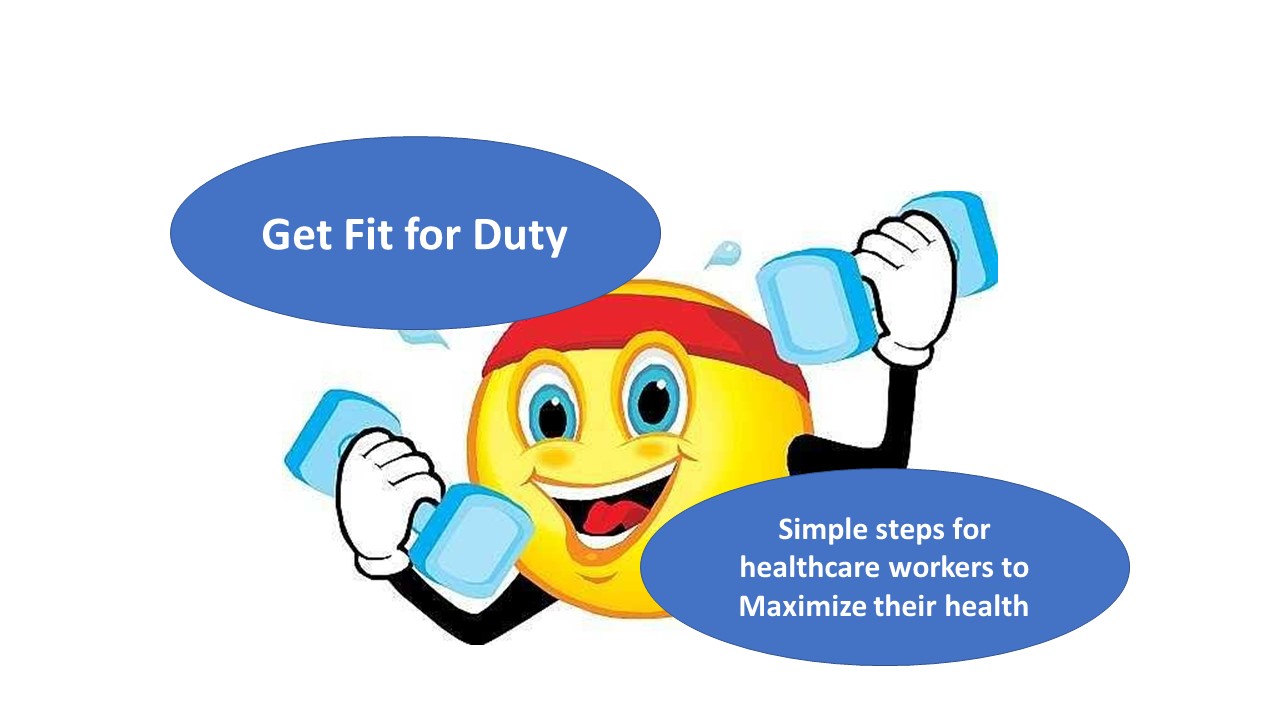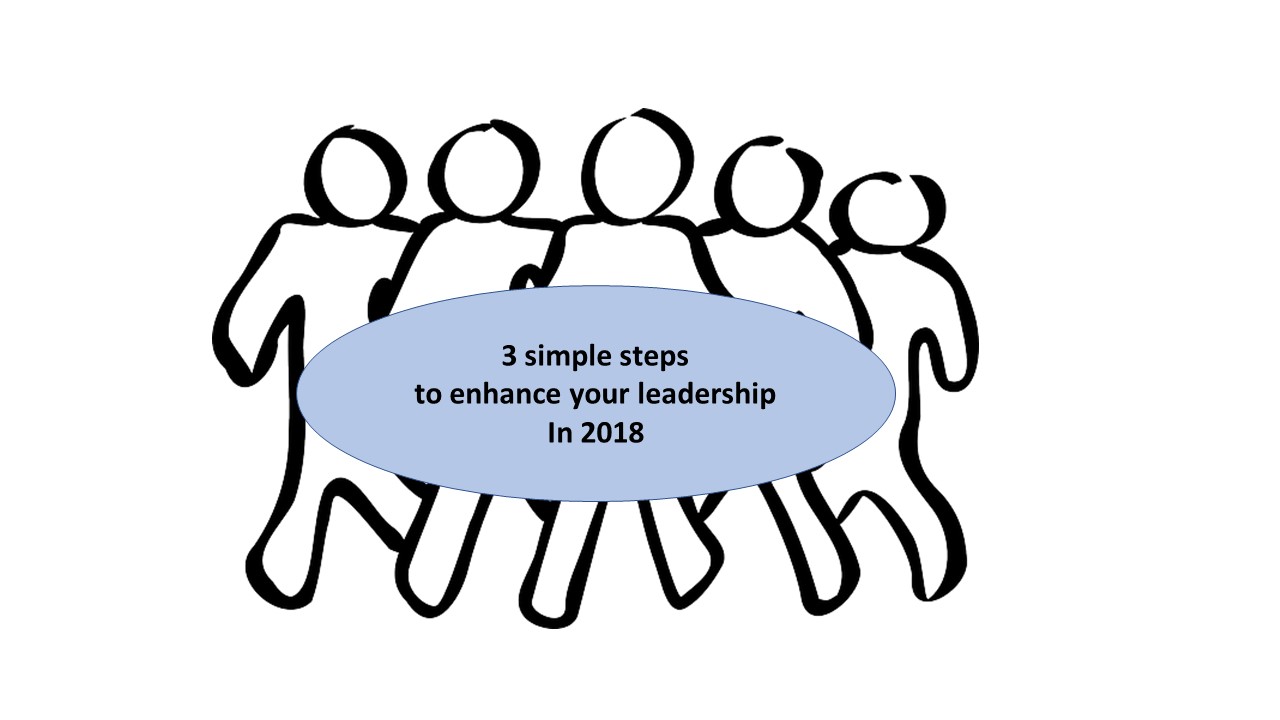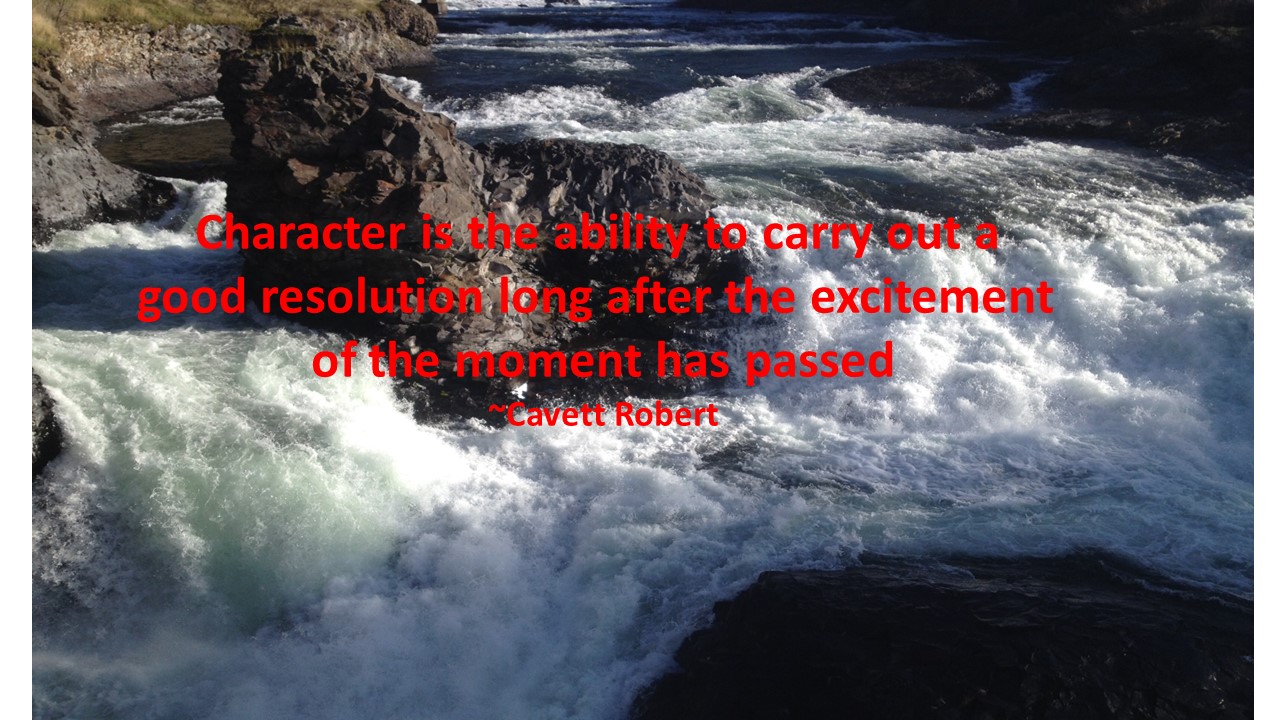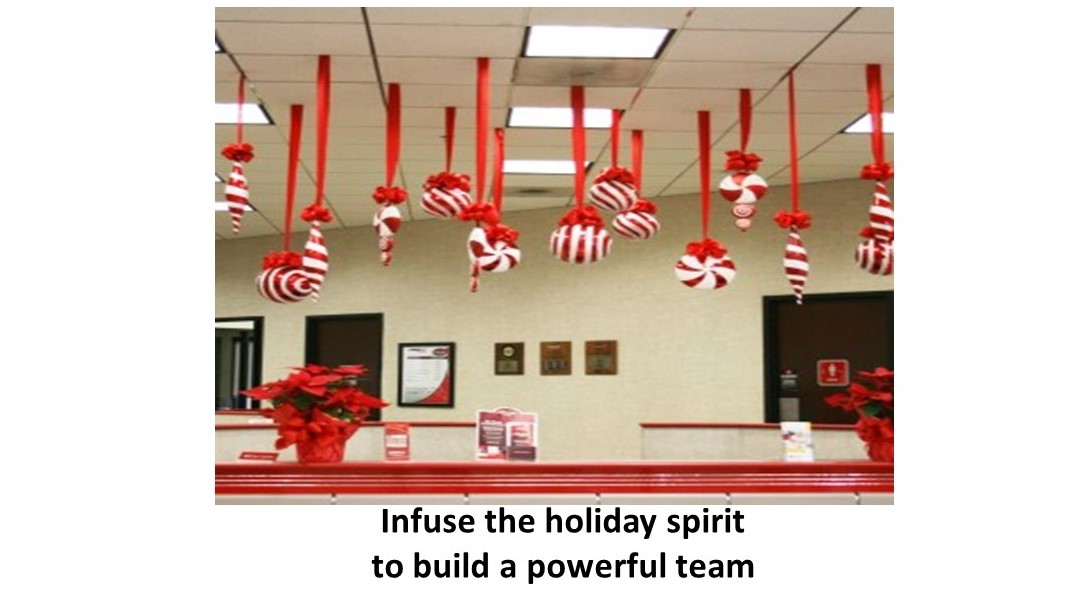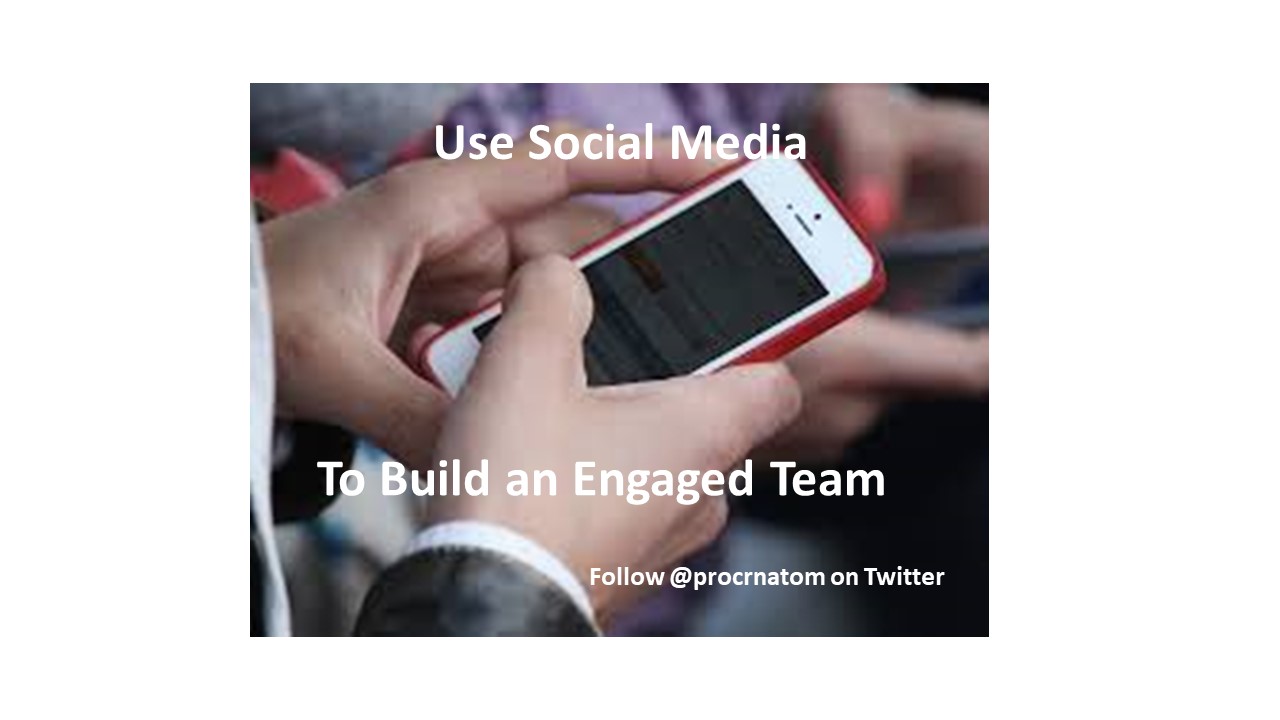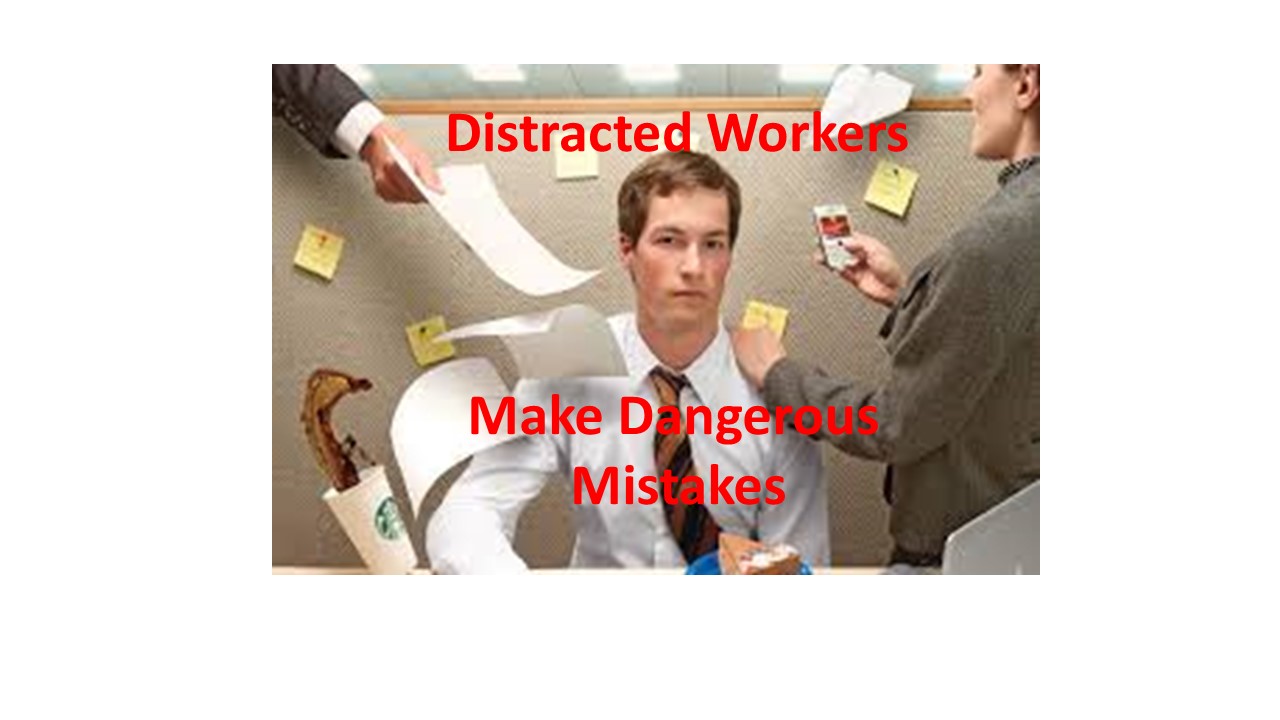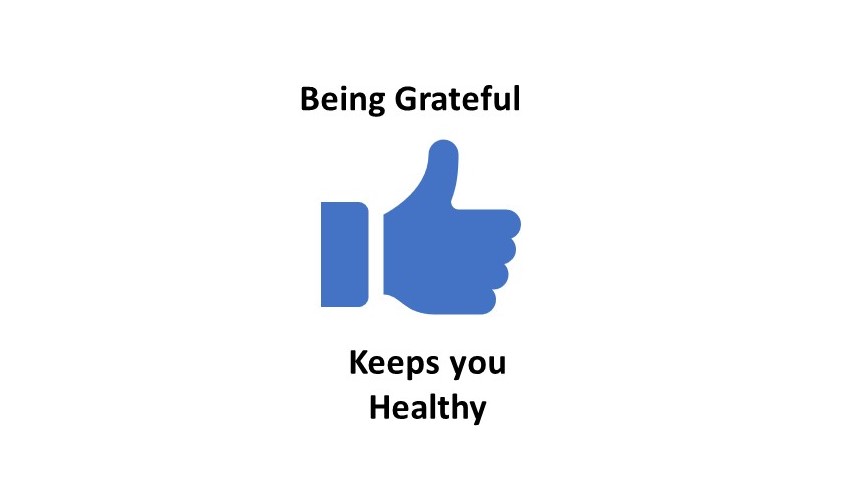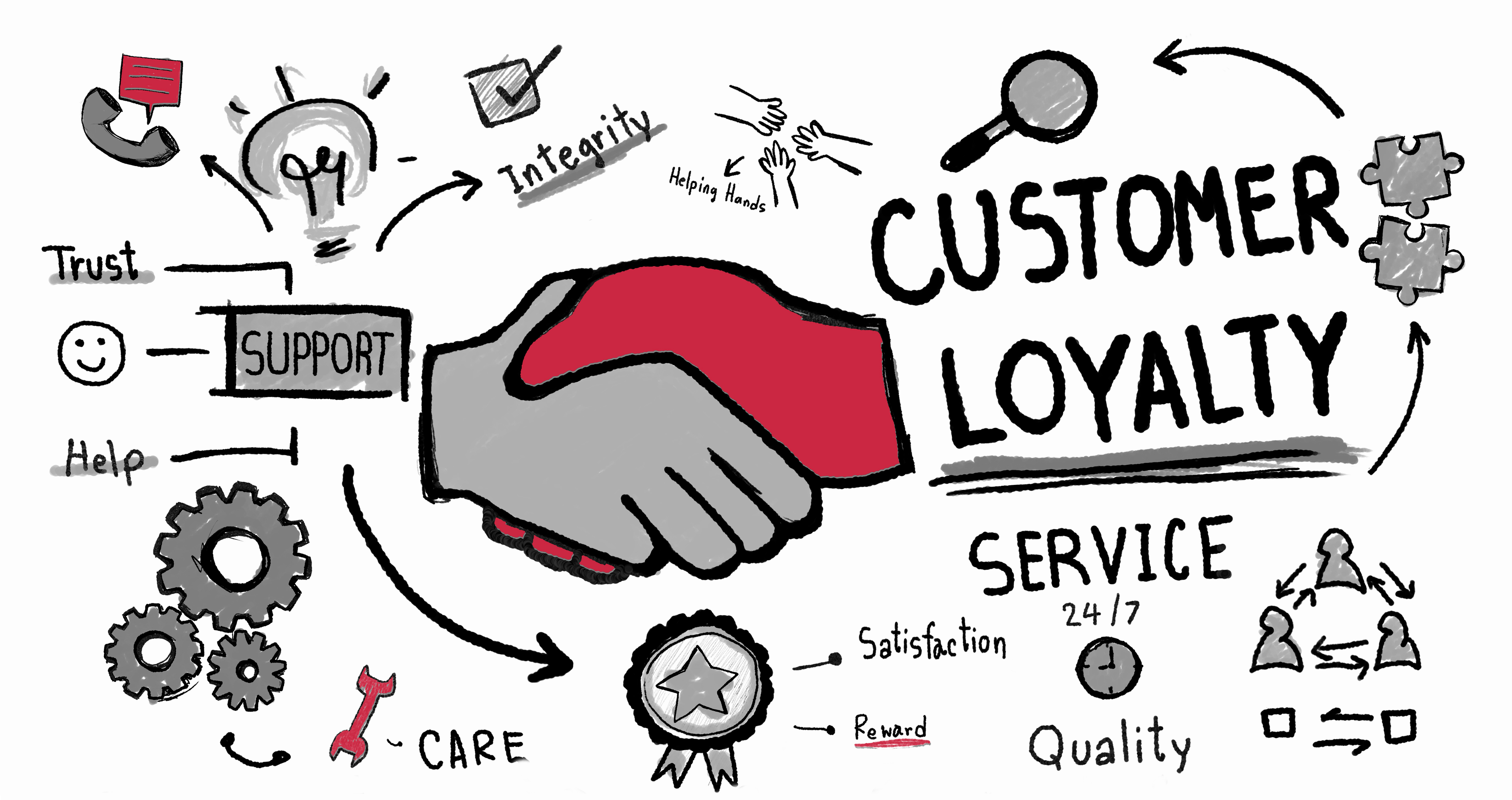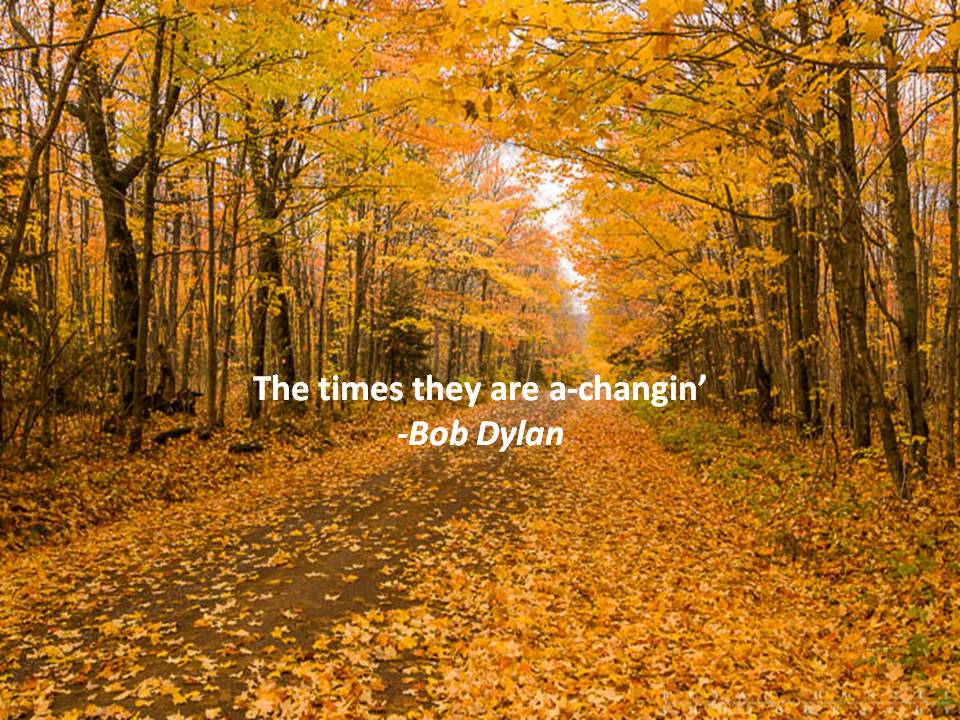By Thomas Davis, CRNA, MAE, Lt. Col (ret)
Follow@procrnatom on twitter
Feedback is the process of taking output and returning it to the source so that adjustments can be made to improve the quality of future output. On the job, receiving and giving feedback are key components for improving performance and building a preferred workplace with fully engaged employees who are committed to excellence. Writing in Cognology, author John Windust notes that the majority of workers would like more performance feedback than they currently receive, yet there is a reluctance of supervisors to candidly discuss performance with workers. Providing constructive feedback is giving a gift to your team; A gift that transforms personal relationships and elevates team performance.
The transition to continuous, informal feedback has turned the traditional annual performance review into a dinosaur at many businesses that focus on the future. The standard APR happens only once a year and looks back on where the person once was. In contrast, frequent feedback identifies where the person currently is and looks ahead identifying opportunities for improvement. Organizations such as Dell, Microsoft, IBM, Lear, and General Electric have retired the APR in favor of frequent discussions between individual worker and supervisor. With recurrent discussions, workers have a clear picture of:
- What they are supposed to achieve
- Whether or not they are reaching goals
- Things that are done well and things that need improvement
- The impact that they have on others and the overall achievement of the team
Both leaders and workers gain respect from their colleagues when they solicit and give honest feedback regarding work performance. Welcoming comments and criticism from colleagues and having a, “Make me better,” attitude displays self-confidence and encourages others to openly share observations and offer suggestions for improvement. Over time, a culture of benevolent feedback will elevate the performance of the entire team.
Advantages of frequent feedback
- Opportunity is always there. Fully engaged supervisors have boots on the ground and interact with team members daily. Each interaction is an opportunity to share observations, both successes and areas for improvement in real time. Ongoing feedback does not require an appointment on the supervisor’s schedule nor does it require formal documentation.
- Frequent check-in cultivates a relationship. Ongoing interaction, in which comments are offered with sincerity and kindness, demonstrates transparency and the desire to help the other person improve. It opens the door for the person on the receiving end of the remarks to reciprocate making the feedback a two-way process. Over time, honesty and transparency will lead to a solid trusting relationship.
- Disclosure is motivating. Sharing your observations in a manner that is intended to enhance the skills and performance of another person is energizing. When information is shared effectively, the other person sees a current weakness as a temporary condition and she will be stoked to correct the problem. Informing a person that he is just a little behind another more skilled individual will motivate him to close the gap and strive to be the best.
- New skills are learned. Often, when a person is not achieving at their full potential it is not due to a lack of effort but to a lack of specific skills. Frequent non-confrontational discussion of a person’s performance will reveal areas where a little training could make a significant difference in outcome. Draw on your network of resources to facilitate mentoring to fulfill the knowledge or skill deficit of the worker. By taking an active interest in the person’s professional development, you are sending a message that he is important to the team.
Maintain a consistent presence within the team and have the courage to candidly criticize areas of weakness while openly showcasing success. Keep on your toes by reversing roles and inviting your team to make you better through the same feedback process. The trust that emerges from a two-way relationship based on transparency and sharing of information will be the cement that bonds a group of colleagues into a highly motivated and productive team.
Thomas Davis is a noted leader, educator, speaker and clinical anesthetist.
Build a preferred workplace. Join Tom and a group of healthcare leaders for the values-based leadership webinar. Click here for information.


